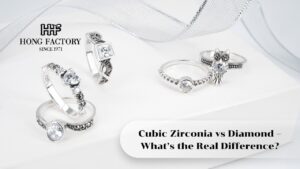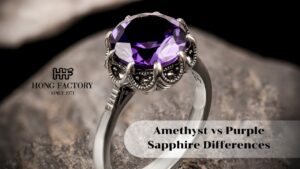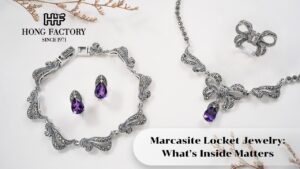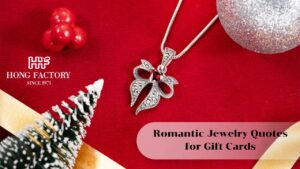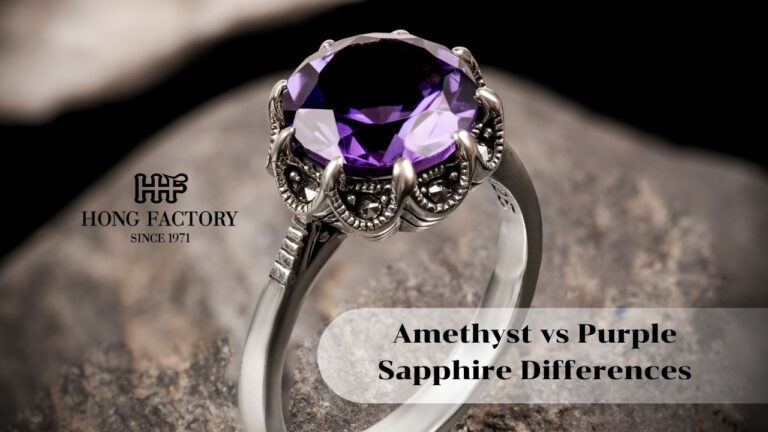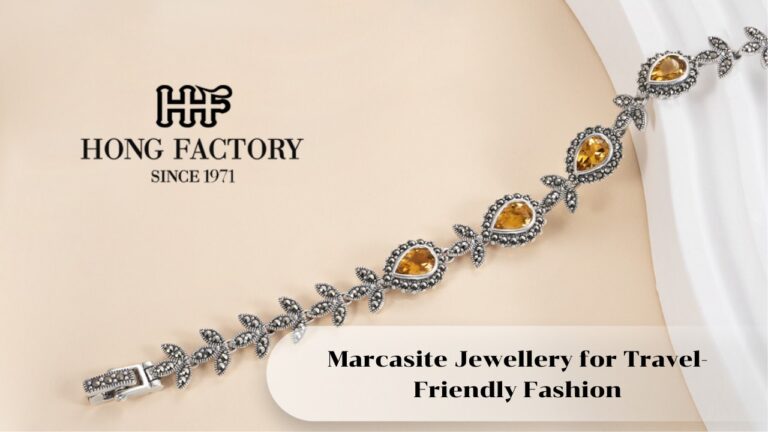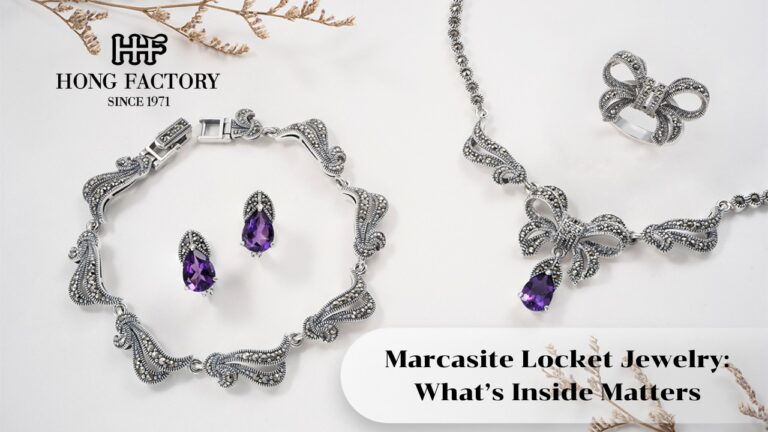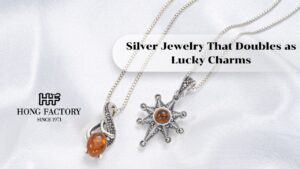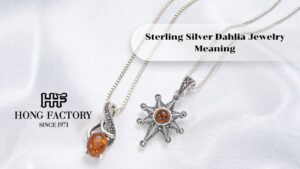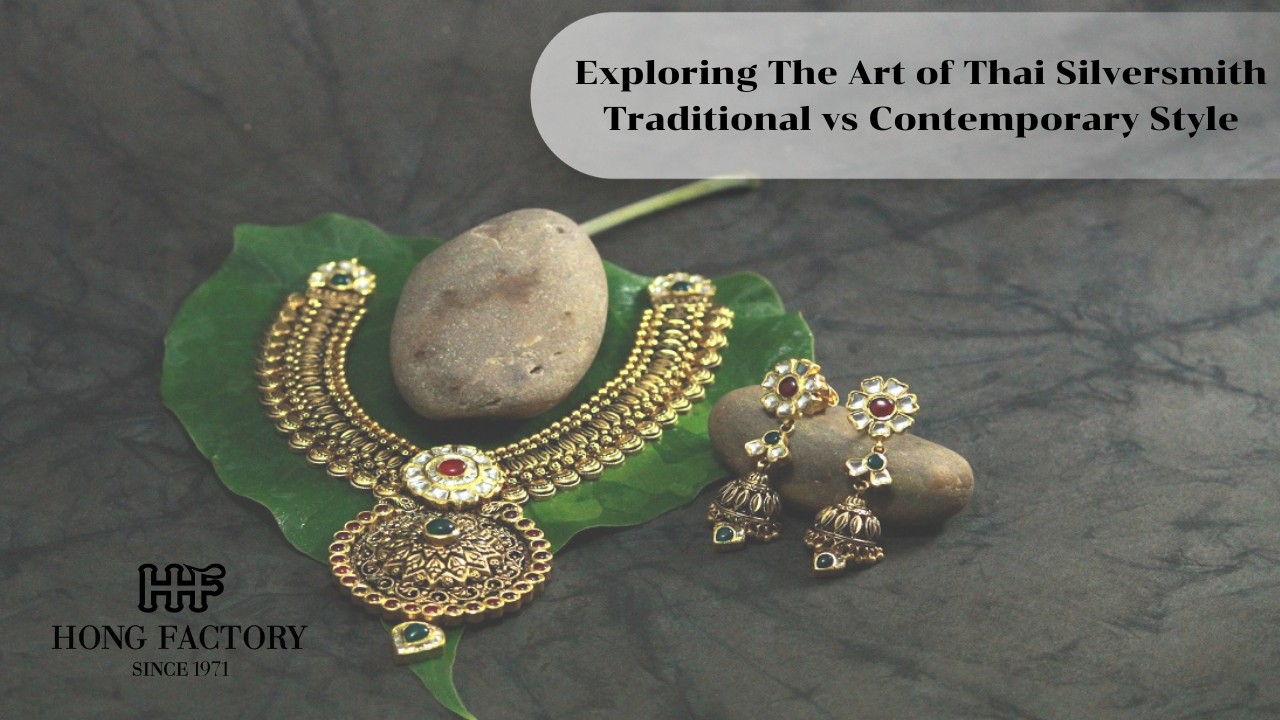
Thailand has long been known as a land of artistry, where heritage and craftsmanship coexist in perfect harmony. Among its most remarkable traditions, the art of silversmithing continues to stand out as a reflection of Thai culture, precision, and creativity. Jewelery wholesale thailand
Over the centuries, this craft has evolved from temple ornaments and royal treasures into a modern expression of design. Today, The Art of Thai Silversmith bridges two fascinating worlds — traditional artistry and contemporary innovation — each contributing uniquely to Thailand’s global jewelry identity.
The Enduring Heritage of The Art of Thai Silversmith
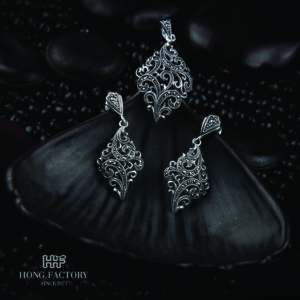
The Art of Thai Silversmith has roots that trace back to the Sukhothai and Lanna kingdoms, where silver was regarded as a symbol of purity and prosperity.
In those times, silversmiths were revered for their sacred duty — creating offerings, utensils, and ornaments for temples and royal households. Their work reflected spiritual devotion as much as technical skill.
Chiang Mai and Chiang Rai became the heartlands of Thai silversmithing, home to artisans who developed intricate techniques like repoussé (hammered relief work) and chasing (fine engraving).
Many families still pass these skills down through generations, preserving designs that feature Buddhist symbols, floral patterns, and mythical creatures such as the Naga serpent or Garuda. Each handcrafted piece represents centuries of heritage and an unbroken lineage of craftsmanship.
Traditional Thai silver pieces are known for their organic, hand-hammered texture and symbolism. Whether it’s a silver bowl used for ceremonies or ornate jewelry for festive occasions, these items embody the timeless connection between art, faith, and community.
Traditional Style: Spirit and Symbolism
Traditional Thai silver is characterized by meticulous handwork and storytelling through design. The motifs often carry spiritual meaning — the lotus flower for purity, elephants for wisdom, and swirling patterns symbolizing the flow of life. These creations are made primarily with sterling silver, known for its balance between durability and purity.
The traditional process requires immense patience and manual skill. Artisans work entirely by hand, shaping silver sheets, engraving intricate lines, and adding repoussé details. Each piece carries small imperfections that add to its charm, emphasizing authenticity and individuality. Beyond aesthetics, traditional Thai silver connects the wearer to Thailand’s cultural roots and Buddhist philosophy.
Contemporary Style: Innovation Meets Heritage
In recent decades, Thai silversmithing has entered a new era. While the core values of craftsmanship remain, contemporary designers are experimenting with new techniques, materials, and aesthetics. The modern approach merges minimalism with tradition, appealing to international markets while preserving the spirit of Thai artistry.
Contemporary Thai jewelry often blends sterling silver with gemstones, enamel, or even mixed metals like gold and brass. Geometric forms, asymmetrical lines,
and sleek finishes replace the ornate motifs of the past, reflecting modern lifestyles and fashion sensibilities. However, even these modern creations carry traces of tradition — whether in the craftsmanship methods or subtle symbolic details.
This evolution has allowed Thai silver to compete globally. Designers from Bangkok to Chiang Mai are gaining recognition for merging contemporary fashion trends with cultural storytelling. This balance between innovation and heritage keeps Thai silver relevant, dynamic, and admired across the world.
Artisans Bridging the Two Worlds
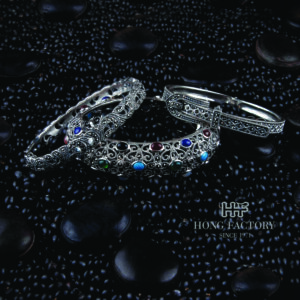
Some of Thailand’s most respected silversmiths now work at the intersection of traditional and contemporary art. They use time-honored hand tools but reimagine their creations with modern flair. The result is jewelry that honors ancestral wisdom while embracing the aesthetics of the present day.
Workshops in northern Thailand have become creative hubs where master artisans collaborate with young designers. Together, they explore ways to reinterpret old techniques — such as oxidizing silver for antique effects or combining tribal-inspired designs with sleek modern forms. This collaboration symbolizes Thailand’s broader cultural identity: a blend of history, spirituality, and forward-thinking innovation.
Global Appreciation and Cultural Preservation
The global jewelry market has embraced Thai silver for its authenticity and craftsmanship. While mass-produced accessories dominate much of the fashion industry, handmade Thai silver continues to captivate collectors and connoisseurs.
International trade fairs, such as the Bangkok Gems & Jewelry Fair, showcase both traditional and contemporary designs — proving that Thai artisans can adapt to changing global tastes without compromising their heritage.
Moreover, the growing emphasis on sustainability aligns perfectly with Thai silversmith values. Many artisans use recycled silver and promote fair-trade practices, ensuring their craft remains both ethical and environmentally conscious. This reinforces Thailand’s position as a leader in responsible jewelry production.
A Craft of Timeless Harmony
The Art of Thai Silversmith represents more than craftsmanship — it is a reflection of Thailand’s cultural identity, resilience, and creativity. The contrast between traditional and contemporary styles illustrates how this art form has evolved without losing its soul.
Traditional silversmithing honors the past, carrying forward stories of spirituality and symbolism, while contemporary Thai silver celebrates modern innovation and global appeal. Together, they form a harmonious balance — a shining example of how heritage can evolve beautifully into the future, preserving the legacy of Thai artistry for generations to come.
